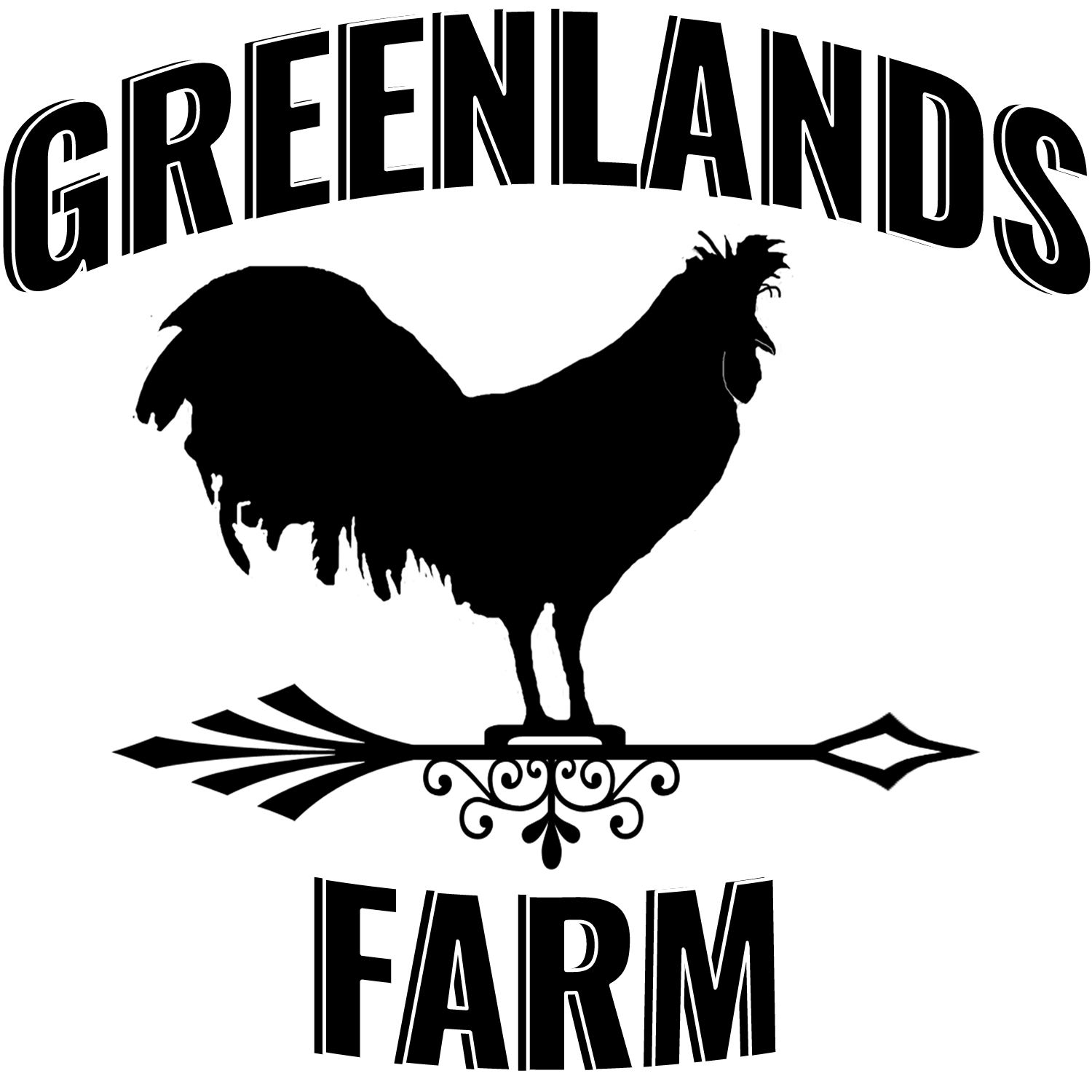Jumbo Pearl Guinea
The Jumbo Guinea has coloration similar to the Pearl Gray but about 30% larger. They are a larger version of pearl grays. Butcher at 16-18 weeks. Produced for meat. Guinea like to dine on insects, rodents, snakes & ticks. Adult weight: 4 -7 lbs. Prolific layers of small eggs that are quite delicious. They’re large like the French Hybrids, but will mate naturally and do not have to be artificially inseminated to get fertility.
If you are looking for some entertainment on your farm, these are it. They are quirky and reliable watch dogs!
Greenlands Farm is a member of the National Poultry Improvement Plan (NPIP).
Our NPIP status is U.S. Pollorum-Typhoid Clean, AI Clean, and Salmonella Monitored.
HATCHING EGGS
The 2024 Shipping Season has ended. We have a limited amount we are pre-selling for 2025. Please understand it is a waitlist and the shipping date can not be guaranteed until the breeding season has started and we have checked fertility. There are NO REFUNDS.
Ordering Limit
Important: Please only select one listing per breed. If you would like more than what we have listed, please contact us to see if we are able to fulfill. We are a hobby farm and generally don’t have large flocks, but sometimes our layers produce more during certain seasons.
Your payment secures your spot in our shipping schedule. We fulfill orders in the order we receive them. Please understand there may be a wait list. Shipping choices are at checkout.
Accepting Orders for 2022 Shipping Schedule
LIVE BIRDS
(shipping not available)
We will be hatching in the Spring of 2025. If you’d like to place an order to get on our waitlist, please contact us and we will send you a custom listing.
History
The insect- and seed-eating, ground-nesting birds of this family resemble partridges, but with featherless heads, they have a distinctive black crest. Jumbo Pearl Guinea Fowl have a dark grey plumage with dense white spots..
Many farms raise them to ward off poultry-eating predators, discourage rattlers and copperheads, eat disease-carrying ticks., and keep pests and other birds from eating crops and orchard fruits.
Each sex has a different call, which can be used to differentiate between female and male. Females have a easily recognizable “Buckwheat” call. Unlike chickens, who often do best with one rooster for a flock of hens, guinea fowl can do well with one cock for each hen.
They are loud and obnoxious at times, so know what you are getting into! They are typically more shy, but with some effort, they can learn to be friends with humans. In our experience, we have never had an aggressive cock or hen.

